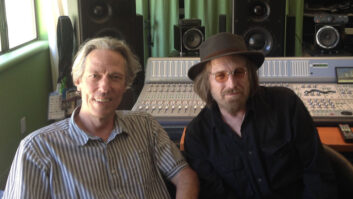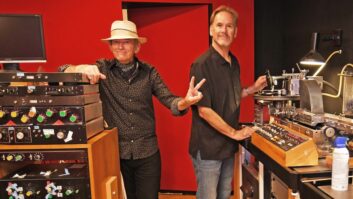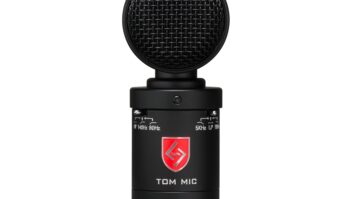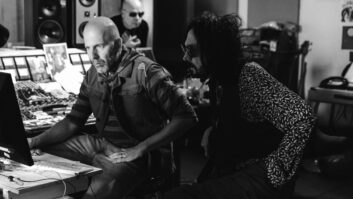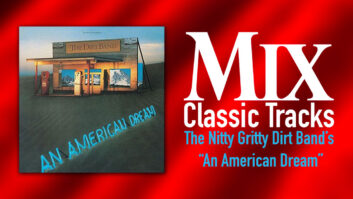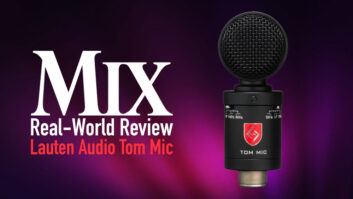“We lost our guy. We lost our captain, but we’re soldiering on,” says engineer/producer Ryan Ulyate, who has been recording and mixing Tom Petty’s music since 2004. “I’m so lucky to be part of this. My job is joyful, because most every time I push up a fader, I smile.”
During the 10-plus years since he joined Petty’s team full-time (to co-produce the eponymous reunion album by Petty’s pre-Heartbreakers band Mudcrutch), Ulyate has been in the trenches for albums with and without Heartbreakers, live and studio recordings, new music and reissues. But the latest Petty release, the An American Treasure box set, is unique, as it gathers a wealth and a variety of rarities, including previously unreleased songs, demos, alternate takes, concert recordings, and new mixes that—in not quite linear fashion—tell the story of Petty’s career.
“Tom’s daughter Adria and his wife Dana wanted to do something to honor Tom,” Ulyate says. “They came up with the idea of doing a retrospective that’s focused on Tom’s songwriting, to show a deeper sense of who he was. Some of the tracks are very personal. At the same time, we all wanted people to hear some things that they hadn’t heard before. So the box not only tells about Tom’s evolution as a writer and as an artist, but also looks into some places that have been overlooked.”

Ulyate calls himself the “chief miner” on the project because he dug through masters and multitracks of all sorts in Petty’s vault to unearth rare finds.
“I had my miner’s cap with the light,” he jokes. “There are always surprises. No matter how good I’d think the documentation was on anything that was in the vault, the only real way to find out what’s there is to get the stuff out and bake it and play it back and see what you’ve got. We discovered so many gems on this expedition.”
Related: Project Studio: Ryan’s Place, by Matt Gallagher, March 1, 2010
Ulyate, Mike Campbell and Benmont Tench, along with Dana and Adria Petty, exchanged copious MP3 files, texts and emails as they determined the selections and sequence for the box set. Ulyate mixed all previously unreleased material, working with Campbell and Tench to define the direction to take on specific tracks.
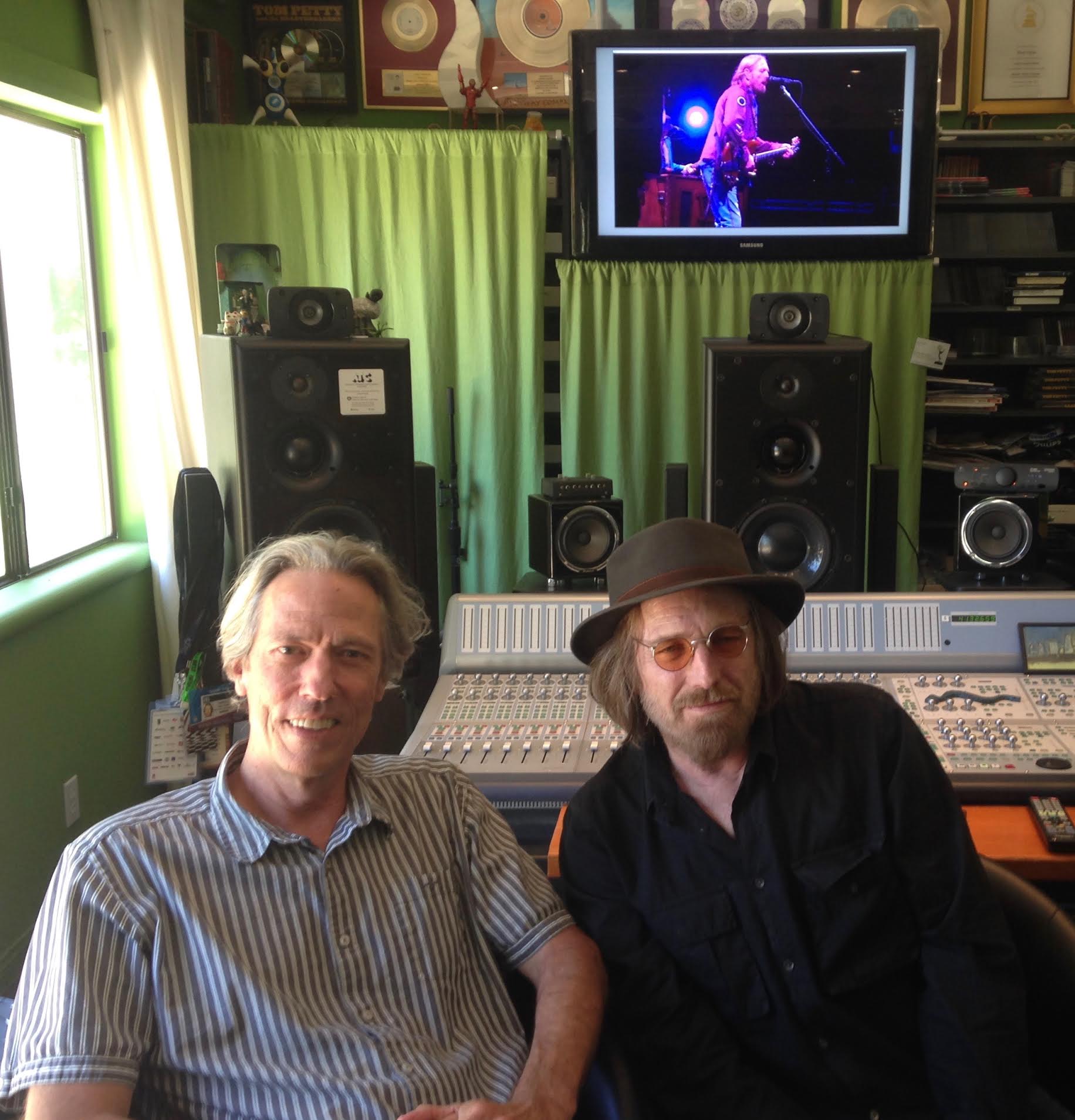
“I had to be aware of the era that I was mixing from,” Ulyate explains. “Tom Petty and The Heartbreakers’ sound evolved over time. So one of the first things I did was ‘You’re Gonna Get It’ from their second album. Not everyone will have noticed this, but it actually has a string part on it that got buried in the mix. We decided to include a mix that really features this crazy string part. It’s almost like ‘Eleanor Rigby’ meets Bernard Hermann Psycho—this kind of choppy, cool string part—and it’s something for the fans that they wouldn’t hear otherwise.”
Related: Tom Petty and the Heartbreakers: 40 Years on the Road and the Evolution of a Signature Sound, by Sarah Jones, July 27, 2017
Another gift to fans: “There’s the version of ‘Here Comes My Girl,’ where the song fades out on Damn the Torpedoes, but we thought, ‘Wouldn’t it be fun if we kept on mixing it all the way to the end and reveal what they did when they played in the studio?’ So, we let the song play all the way out and, after the song ends, you can hear them talking. We opened the curtain a little bit so people can see into that studio world that Mike, Ben and I lived in with Tom.”
As he worked through all of the different eras of Petty’s band and solo work, Ulyate paid special attention to the way the tracks fit into their specific time period as well as how they fit into the box set. He found creative ways to smooth out transitions between studio tracks and concert recordings.
Related: Mudcrutch Records Debut in Tom Petty’s Rehearsal Space, by Matt Gallagher, May 6, 2008
“We have a great stripped-down live version of ‘I Won’t Back Down,’ from Tom Petty and The Heartbreakers’ stint at the Fillmore in 1997,” Ulyate says. “That track starts just with Tom’s guitar, and then the audience comes in. I think of things visually, and there are a lot of transitions on this project that are kind of like Scotty beaming you down: All of a sudden you materialize and, ‘Oh, I’m at the Fillmore!’ So we transition into live things with the appearance of the audience. And then to get out of the live songs, we developed a long reverb tail; the audience fades out, and we fade into the long reverb. That little effect eased us in and out of certain moments.”
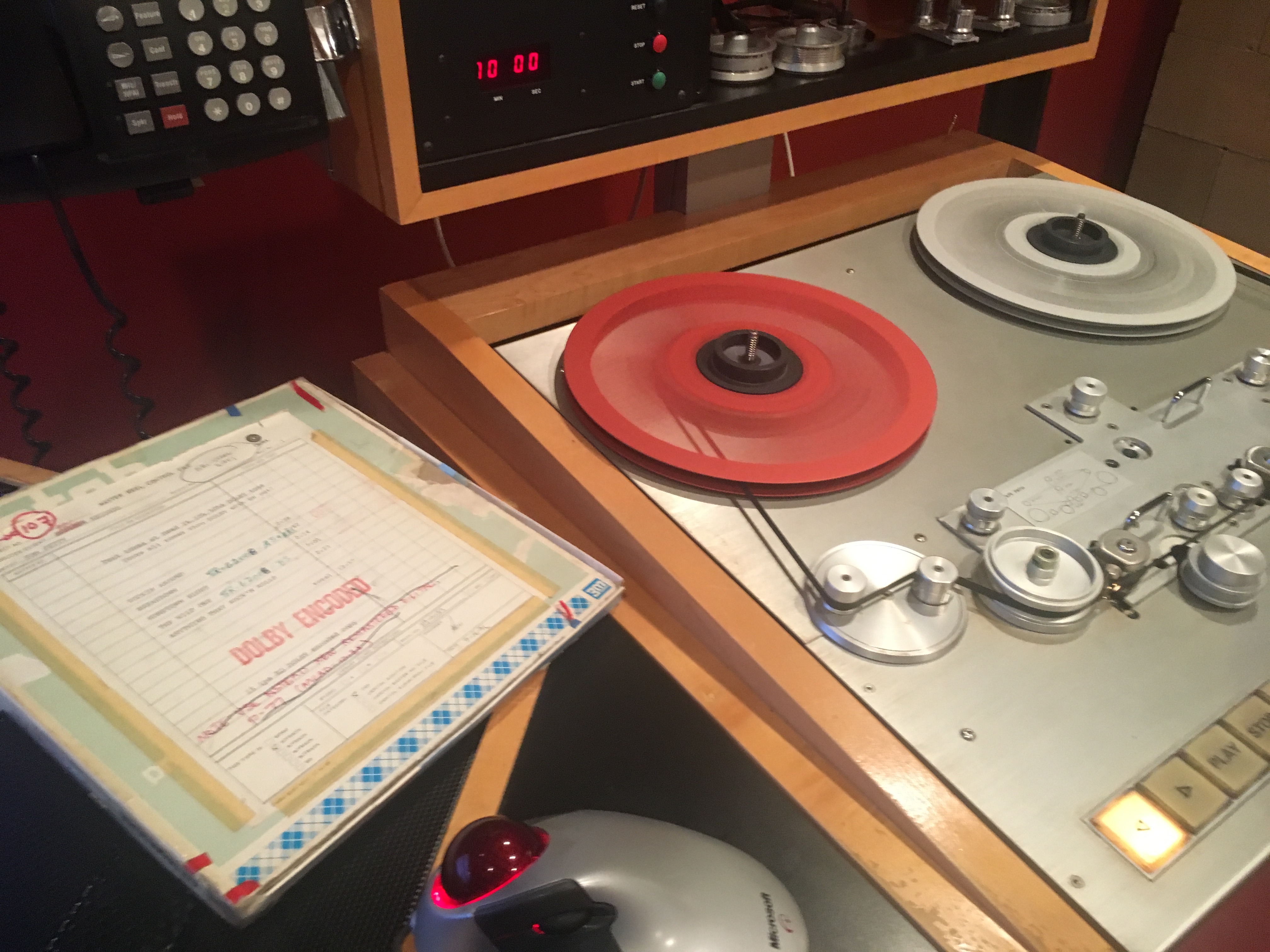
Ulyate worked on all of the new mixes in his personal studio, which is installed in a shed outside his home in Topanga, Calif. “Every morning, I walk across my garden with a cup of coffee and work until my ears hurt, and then go pick up my son from school,” he says.
Ulyate borrowed a Studer 827 machine from Mike Campbell and transferred files to be mixed into Pro Tools. He listens on ATC SCM50s, with a Bag End 18-inch subwoofer, and he mixes in the box, with the exception of his dbx 120 outboard subharmonic synthesizer: “I have three of those,” he says. “I don’t always use them, but if I do, one will be for the kick drum, one for tom-toms, and one for bass guitar. Sometimes I’ll send things out to get a little more of that subharmonic, just to beef up the low end, add a bit of weight.
Related: Tom Petty Keeps It Real in the Studio, by Rick Clark, June 1, 1999
“On everything else, I would say I don’t use a lot of plug-ins but there are some that I use a lot. The Massenburg MDW is my go-to EQ. The UAD 1176LN is my go-to limiter. And, in terms of effects, I use a lot of Soundtoys stuff. I love the Decapitator on bass. For reverbs, I use the Avid Space sample libraries. The EMT 250 emulation is a great generic reverb, and AltiVerb, is good for halls and rooms. They also have a great emulation of the Putnam echo chambers from Cello Studios.”
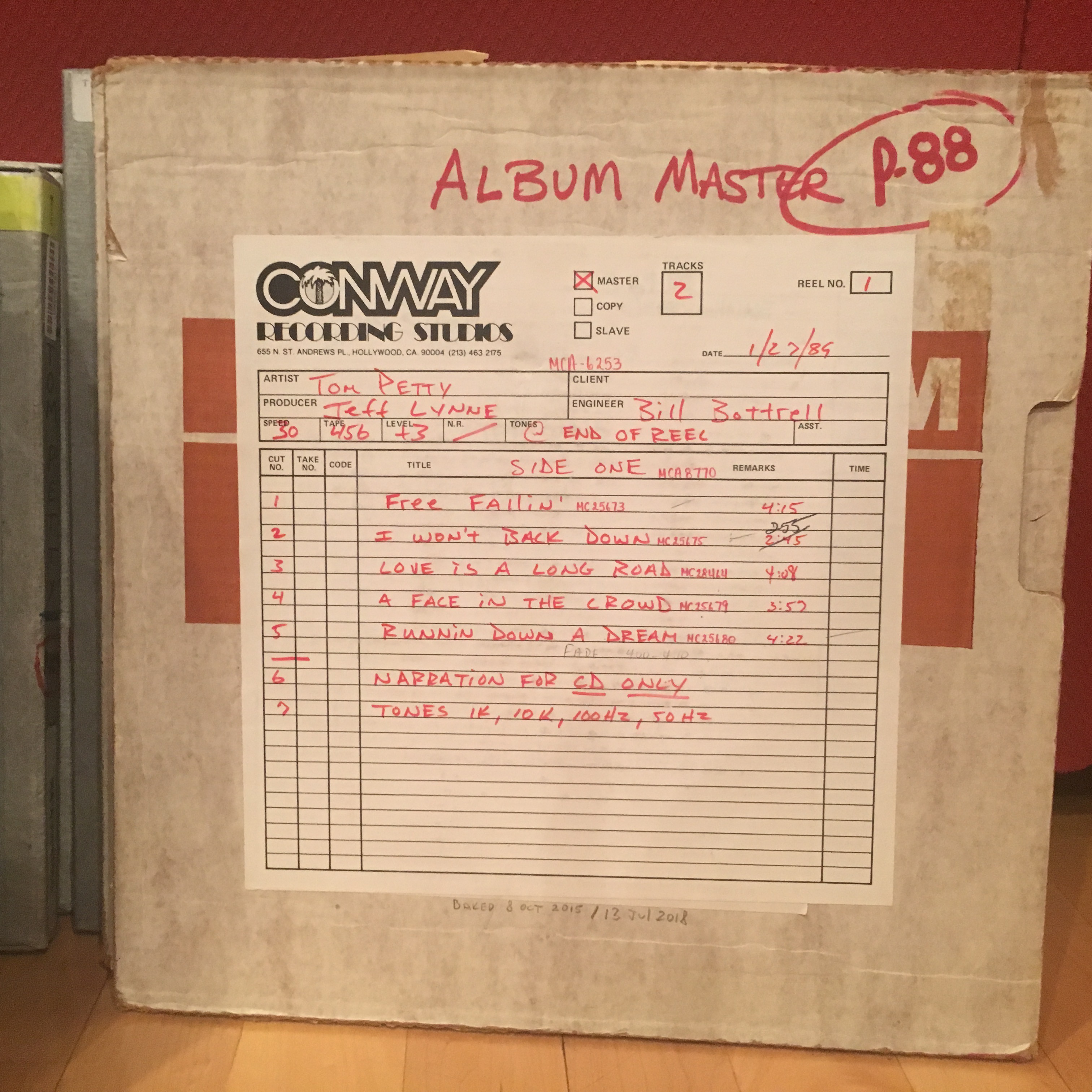
After he mixed the unreleased material, Ulyate provided 96k/24-bit files of those songs to engineer Chris Bellman at Bernie Grundman Mastering, along with original source material on previously mixed tracks.
“I transferred tracks from the original stereo master tapes, whether they were quarter-inch, half-inch, or whatever the format,” Bellman says.
When asked separately to name one of the memorable surprises from their work on American Treasure, both Ulyate and Bellman point to the song “Gainesville,” an outtake from the Echo album that refers to Petty’s early musical life.
“It’s Tom wistfully reminiscing,” Ulyate says. “It’s interesting because everyone thinks of Echo as a dark album, yet ‘Gainesville’ is so beautiful and bright and optimistic; it shows that there were all kinds of facets to the man at that time. Tom was very conscious of creating an album as a cohesive entity, and for whatever reason, ‘Gainesville’ didn’t seem to fit into the Echo album [then], but when you hear it now, it fits in beautifully.”
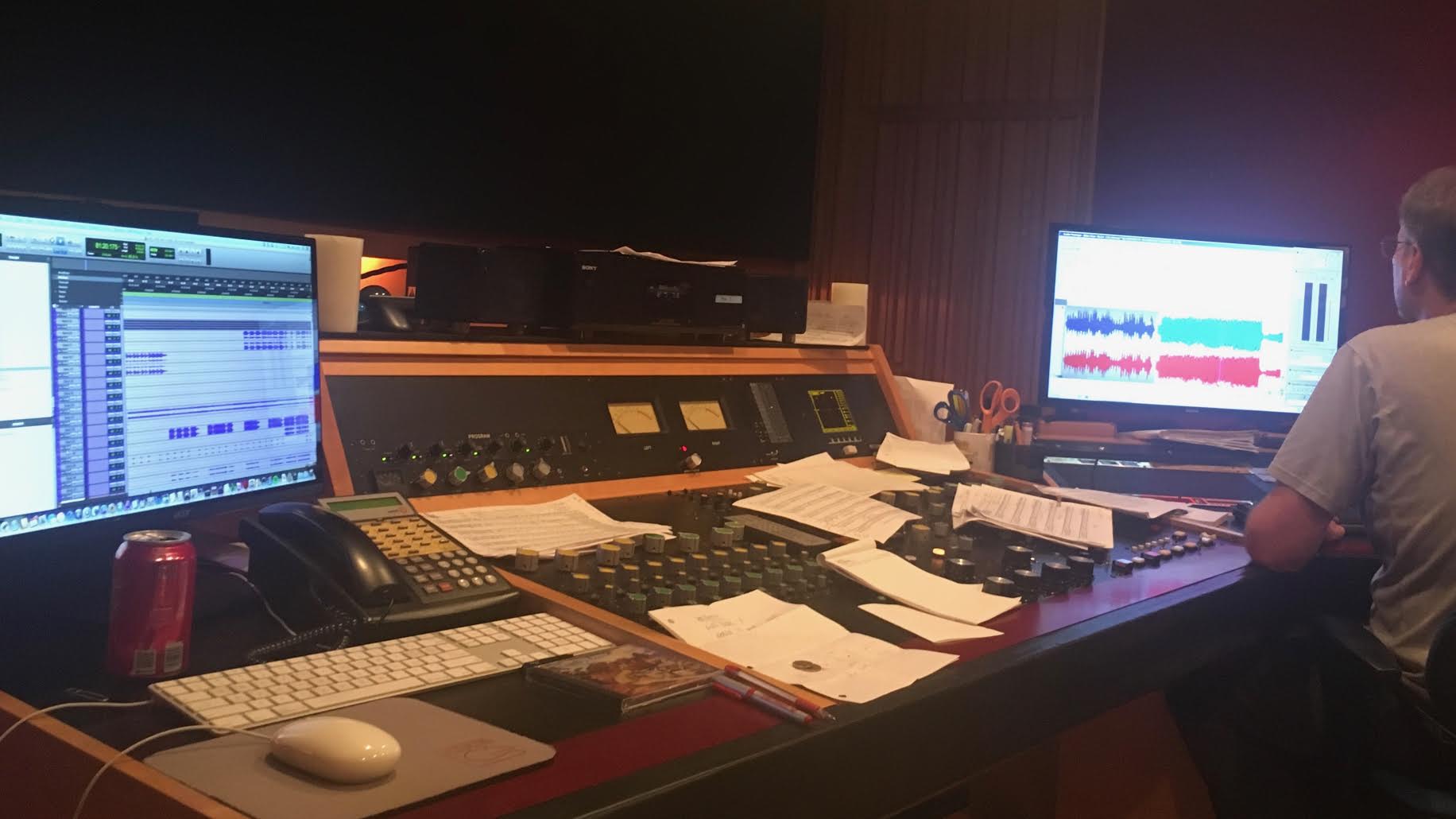
Bellman’s studio at BGM is fitted with a host of proprietary and customized mastering and playback equipment, plus a monitor and mouse for Ulyate to accommodate the unique method they’ve developed on Petty projects: “In most mastering scenarios, if you’re working from a digital source, somebody bounces a 2-track digital file and they send it to me or bring it in on a drive,” Bellman says. “But Ryan brings in his computer and we play the actual mix, not the bounce.
“This allows us to modify the mix slightly, depending on the sound that we’re going for. If we’re going for a more compressed sound for a hot CD, then maybe the vocal gets pushed into the mix a little bit, but we have the opportunity to push that vocal up. Or we might modify the low end slightly so it resolves better at a higher level.
Want more stories like this? Subscribe to our newsletter and get it delivered right to your inbox.
“Also, if we would play the mix and we felt it needed a little more presence, I’d turn the [mastering] EQ off and we’d try to get that presence in the mix. Then I wouldn’t have to do hardly any EQ, which would lend itself to a cleaner, better end product.
“At the same time, we’re constantly aware we should not fall into the pitfall of trying to remix during mastering,” Bellman continues. “That’s a frightening prospect in terms of cost, for one thing! And more important, prior to Tom’s death, many of these mixes were approved by Tom and Ryan before they came in here, so we shouldn’t stray from that.”
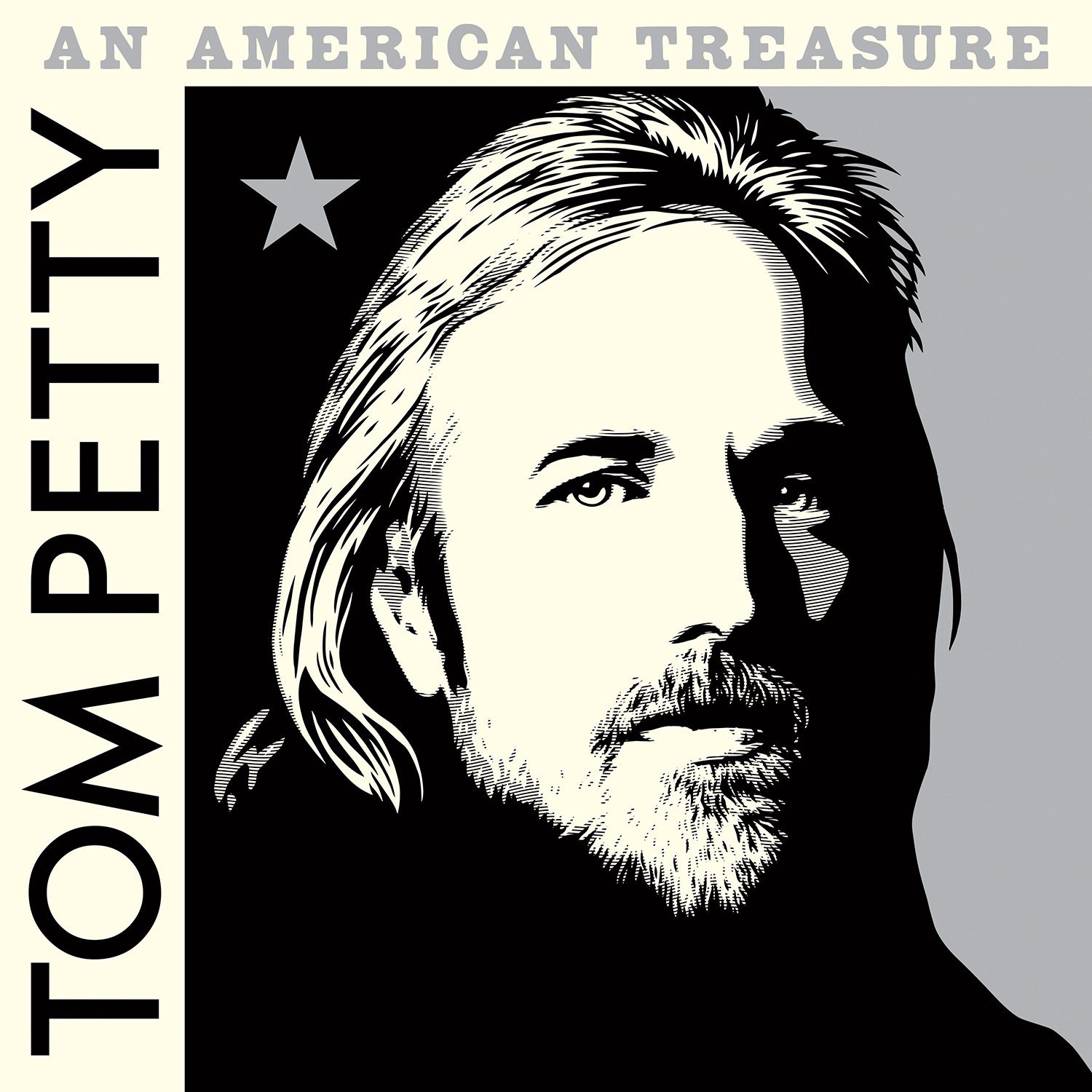
Bellman’s approach to the American Treasure tracks was informed by work that he’d done with Petty during the two years before the artist’s death; they remastered all of Petty’s original albums for reissue. For the new mixes Ulyate generated of previously unreleased material, “Ryan would always be saying to himself, ‘What would Tom want?’” Bellman says.
“The whole time, I had Tom coming out of the speakers and standing over my shoulder talking to me,” Ulyate says. “At the end, I was struggling with [a live version of] ‘Hungry No More,’ the last track on the album. It was late and I was tired, and we had to deliver it the next day. We had gone to mastering and it didn’t sound right, so that night I took my rig home and was trying to figure out how to make it better. It was probably dumb little stuff, but I remember finally saying to myself, ‘I think I nailed it. What do you think, buddy?’ And the voice in my head said, ‘It’s great. We’re done.’”
